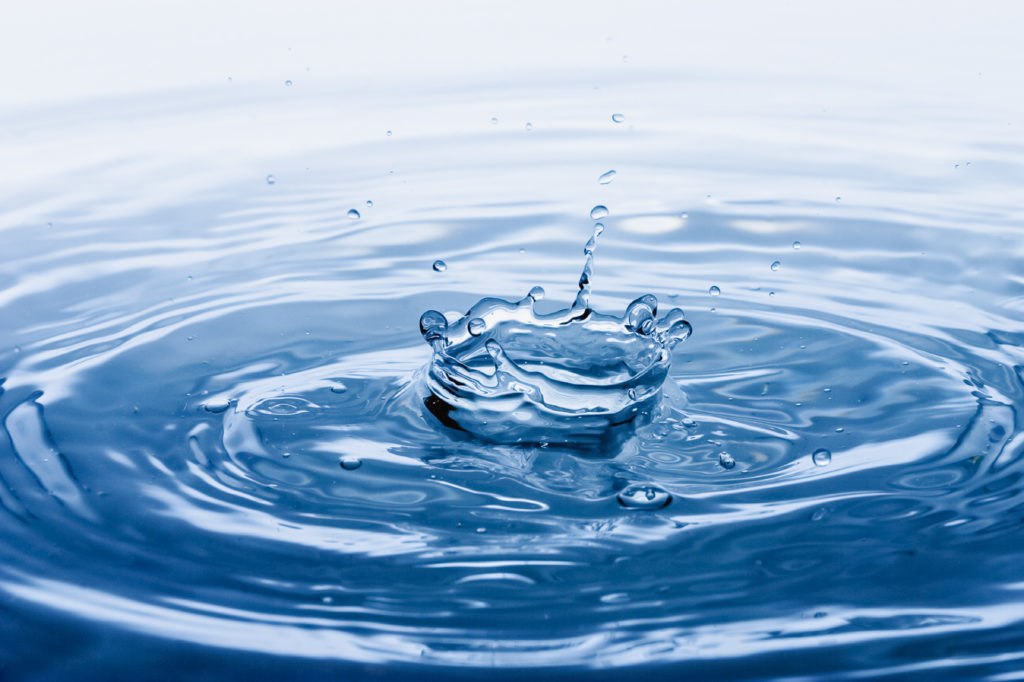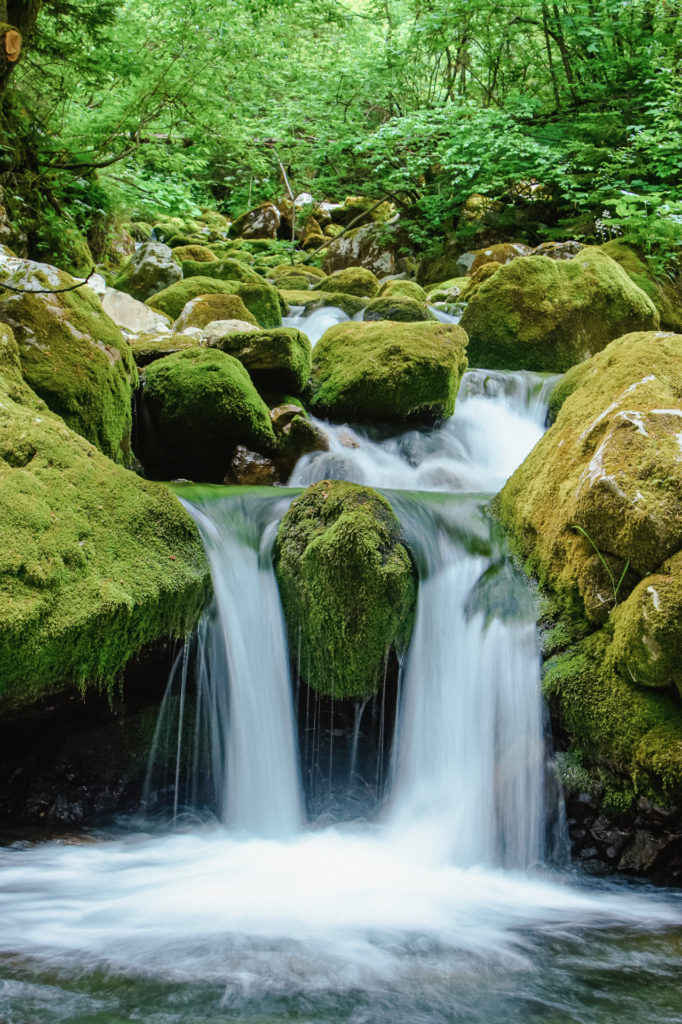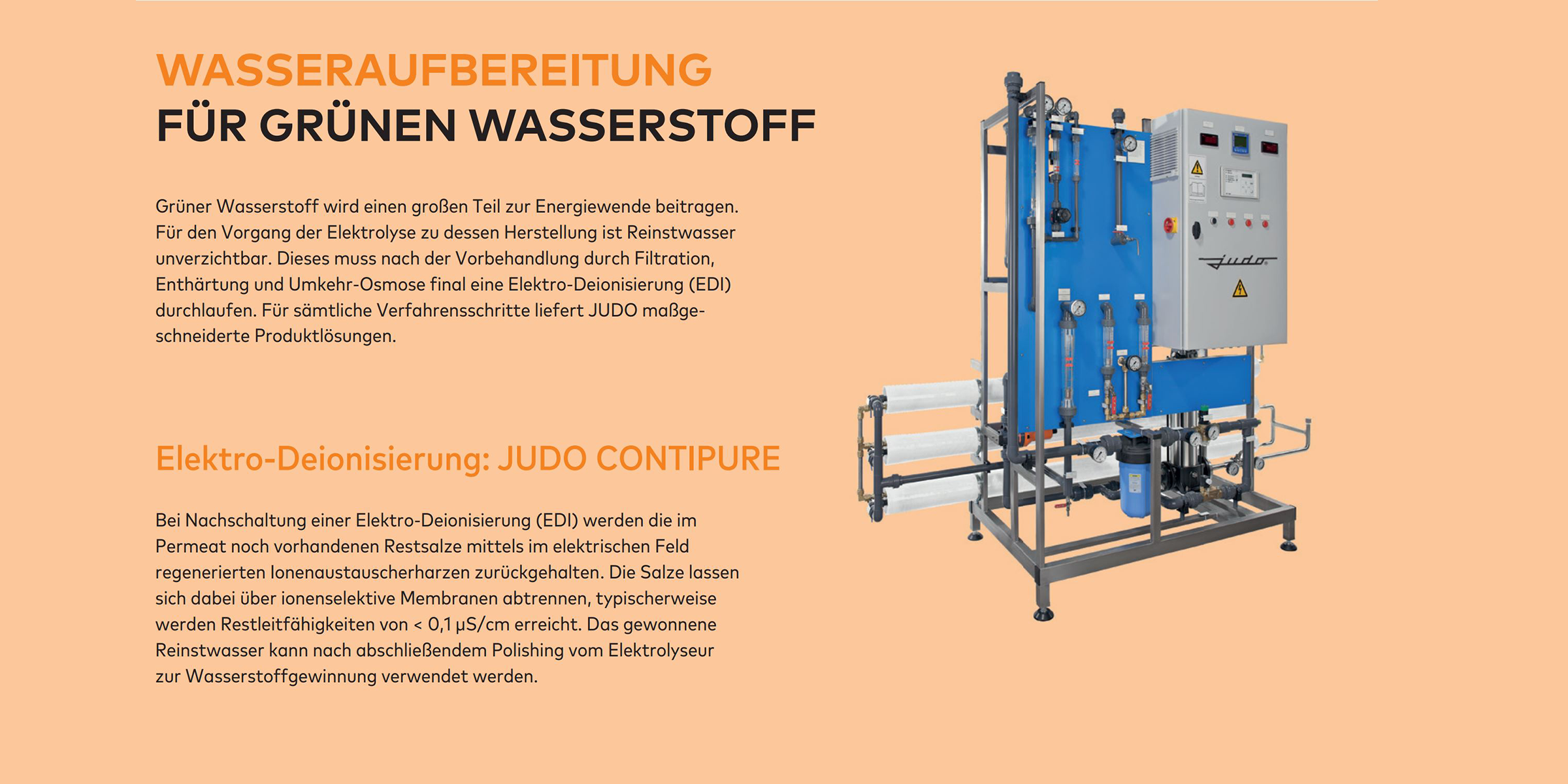The World Water Day 2019
Every year on 22 March, the global public looks at one topic: Water. On this day, the International Water Day takes place. Since 1993 it has been celebrated under a different theme. 2019 is this one: Leaving no one behind – water and sanitation for all.

Why is there a water day?
The guiding theme essentially sets a goal. World Water Day is to be used to draw the attention of the general public to this global objective, its local significance and the challenges involved in its implementation.
Leaving no one behind – water and sanitation for all
The motto 2019 highlights a particularly important aspect, because water is indispensable for us humans and the world as we know it, and is one of the most important natural resources. However, especially in view of the growing world population, water could become scarce in many regions in the coming years.
Global water resources amount to a total of around 1.4 billion cubic kilometres. The largest part, however, is salt water – and only about 2.5 percent is fresh water. Of this in turn, only about 213,000 cubic kilometres are accessible to humans. This water can be found in lakes or rivers, for example. Although the amount would theoretically be sufficient for the global water supply, the situation is different in practice. This is because availability varies greatly from one country and region to another. For example, water scarcity affects large parts of China, India, areas on the west coast of the USA, or South and Central America and Africa. The situation there could deteriorate significantly in the coming years as a result of population growth, rising consumption and climate change.

How much water do we actually consume?
There are enormous differences in country-specific water consumption. On average, a German citizen consumes over 120 litres of drinking water per day. This includes the water that private individuals use in their households. For example for personal hygiene, cooking, washing or cleaning. In comparison: in Dubai, the average per capita consumption is around 500 litres of water per day, followed by the USA with just under 300 litres. In India, the daily consumption per person is just about 25 liters.
However, water used indirectly is not included in this calculation. This “hidden water” is found in food and consumer goods, for the production of which a large amount of water is used in many cases – including food such as rice or coffee. Water Footprint Network, a platform for collaboration between companies, organizations and individuals to solve the water crisis, publishes exciting findings on its website about the relationship between production and water consumption.

Brief overview of water consumption in the production of certain products:
- Beef: 15,415 litres of water per kilogram
- Rice: 2,497 litres of water per kilogram
- Pizza Margherita: 1,259 litres of water per pizza
- 125 millilitres of coffee: 132 litres of water
- Smartphone: about 13,000 litres of water
- Car: about 400,000 litres of water
The indirect water consumption – and thus the actual amount of water – is therefore much higher. The total water footprint in Germany corresponds to a daily requirement of more than 3,900 litres per person. Every single person can help reduce water consumption as early as the morning when brushing their teeth.
Tips for saving water:
- Shower instead of bath
- Flush the toilet or use the water saving button
- Do not clean fruit and vegetables while the water is running, but in a bowl
- When washing hands, soaping and washing hair turn the tap or shower head in between
- When brushing your teeth, use a toothbrush cup for rinsing
- Fully loaded dishwasher or washing machine and run in the eco-washing cycle
- When washing dishes manually: Do not wash under running water, but in a full sink
- Pay attention to water and energy consumption when buying household appliances
- Use low-flow shower heads for the shower
- Use rainwater for garden irrigation

 © JUDO 2024 | All rights reserved.
© JUDO 2024 | All rights reserved. 


